THE AZORES: A PARADISE IN THE MIDDLE OF THE ATLANTIC OCEAN
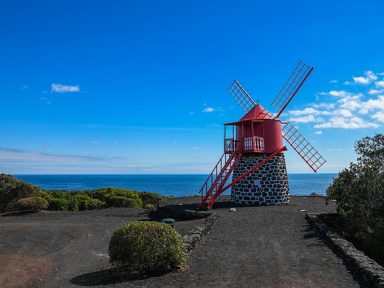
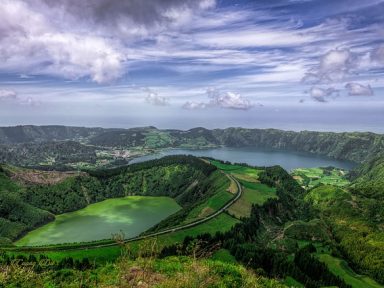
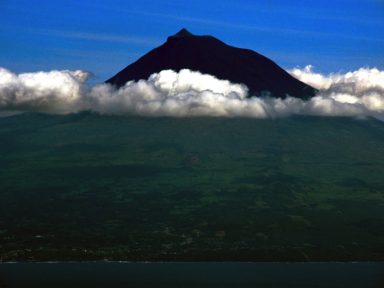
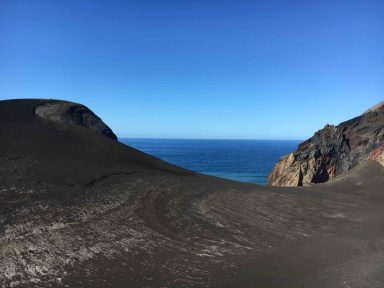
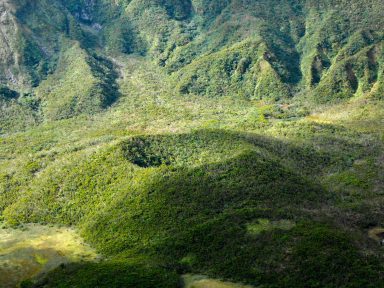
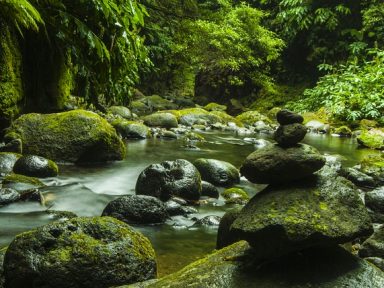
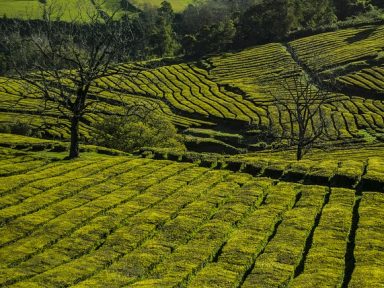
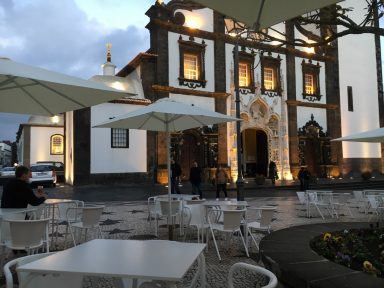

The Azores Archipelago, located in the North Atlantic Ocean, almost halfway between Europe and America, is a unique and magical place on our planet.
The Azores are not tropical islands, as many think: they are nine islands of volcanic origin with a mild climate, with imposing cliffs overlooking the sea, with rare and magnificent beaches of light or black sand and natural pools created by centuries-old work of the ocean on volcanic rocks.
The Azores are the perfect destination for nature lovers, hikers, bikers, surfers, birdwatchers, divers, offering an incredible amount of different exotic experiences, yet retaining a friendly european feel, making them also a great place to spend a vacation with your kids and family in safety: come explore the Azores, this paradisiac corner of the planet with us!
Popular Accommodations
Casa do Norte – Rural Accommodation
Casa da Lua
Casa do Sol
9 Wonderful Islands, Unique and Mesmerizing
Every island is different and unique, offering panoramas of hills and plains of green fields, blooms of blue hydrangeas, coniferous forests, red and black stone lunar landscapes on the slopes of ancient volcanoes, culminating in the highest of all Portugal with its winter snow hat, Pico.

Santa Maria Island (the Yellow Island)
Santa Maria Island, 16.6 km long and with a maximum width of 9.1 km, has an area of 97 km2. 5,552 people live there (data from 2011). Santa Maria, together with São Miguel, which is 81 km away, is part of the Eastern Group of the archipelago.

Terceira Island (the Lilac Island)
Terceira Island is the second most populous island in the Azores, with 56,437 residents. It is called the lilac island because of the color used on many facades, especially in the city of Angra do Heroísmo.

Corvo Island (the Black Island)
Corvo Island is the smallest of the Azores at just 6.2 km long and 4 km wide. Together with Flores, which is 17.9 kilometers away, is part of the Western Group of the archipelago.

Flores Island (the Pink Island)
Flores Island, Azores. Inhabited by roughly 4.000 people, it is the westernmost point of the European continent. It’s 16.6 kilometers long and 12.2 kilometers at maximum width, with an area of 141.4 km2.

São Jorge Island (the Brown Island)
With 54 kilometers in length and 6.9 in maximum width, São Jorge Island , in the Azores, has a cigar-like shape and looks like a chain of volcanic reliefs stretched from North-east to South-east. Its total area of 243.9 km2 is inhabited by roughly 9,000 people.

Graciosa Island (the White Island)
With 12.5 kilometers in length and 7 km in maximum width, Graciosa island has an elongated shape that extends from the north-west to the south-east. The 4,391 inhabitants (data from 2011) are distributed over the 60.66 km2 of surface.

São Miguel Island (the Green Island)
São Miguel Island is the largest in the Azores, with 62.1 km in length and 15.8 in maximum width. The area of 744.7 km2 hosts more than half of the Azorean population: 137,856 inhabitants

Pico Island (the Grey Island)
Pico Island is the second largest in the Azores Archipelago, with a surface area of 444.9 km2. Dominated by the volcano of the mountain of Pico, located in its western half, the island is 8,3 km from its closest neighbour (Faial), and is populated by 14,148 inhabitants

Faial Island (the Blue Island)
With 19.8 km in length and 14 km in maximum width, the 173.1 km2 of surface of Faial Island, in the Azores central group, have an almost pentagonal shape. It is the third most inhabited island in the archipelago, roughly 15,000 residents.
Popular Tours and Activities
SUP beginner
4 Peaks, 4 Vulcanoes
Furnas: the Mystic Tour
Visit the lively Lagoa das Furnas. Indulge your taste buds with the traditional “Cozido das Furnas”. Sip your body and soul in the Furnas hot springs at the golden hour, between dusk and night. Discover the true mysticism of the Furnas village at night.
**Pickup at 17h30 (5:30pm), Drop-off at 23h30 (11:30pm) from and to your accommodation**
- Pickup + Quick Photo Stop – Vila Franca do Campo Islet (1h00m)
- Sight Stop – Furnas Lagoon (30m)
- Traditional “Cozido das Furnas” – Dinner at local restaurant (1h30m)
- Furnas Hot Spring Baths – “Poça da Dona Beija” (1h30m)
- Curiosity Short Walk – “Alameda” Garden (15m)
- Short Walk & Delicacies – Furnas Iconic Fumaroles and “Caldeiras” (30m)
- Drive-by + Drop-off – Ribeira Grande Municipality (45m)
Included -Pickup and Drop-off at chosen location (conditions apply); -Local Tour Guide; -Van with A/C and panoramic windshield; -Hot Springs Baths Admittance (EXCLUSIVE DEAL); -Dinner of Furnas geo-cooked stew (“Cozido das Furnas”) at a local restaurant (vegetarian option available); -Tasting of local sweet delicacy (EXCLUSIVE DEAL); -Water Bottle; -Tours Insurances.
What to see and do in the Azores
Dive into Natures Spa The Magic of Ponta da Ferraria

Horta Azores One Day Guide for First Visitors

Emerald and Azure Twins: The Magic of Sete Cidades

What is the best Azores island to visit?

Sos Cagarro – save the Cory’s Shearwaters!

The 10 best hiking trails in Faial

Beaches and Natural Pools in Faial

Morro de Castelo Branco








